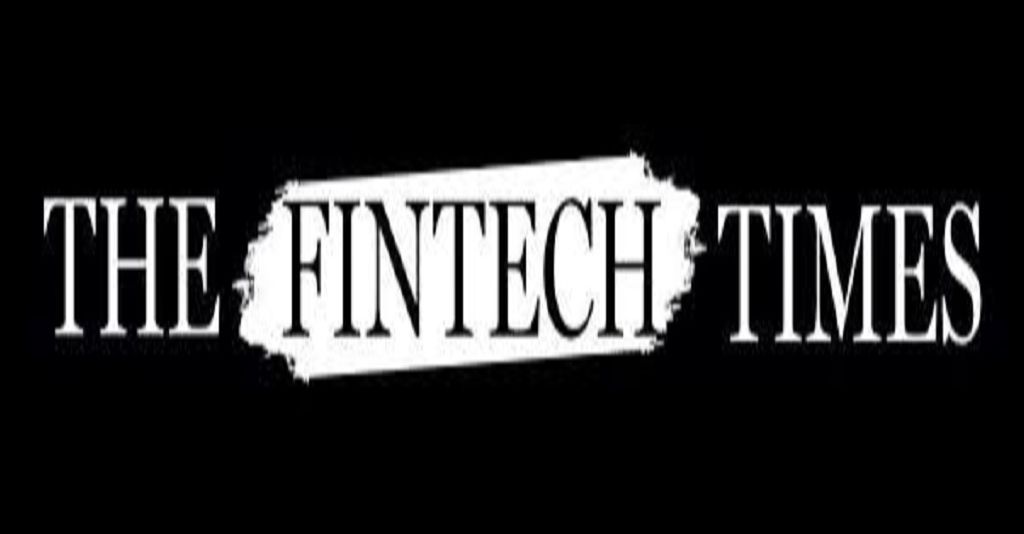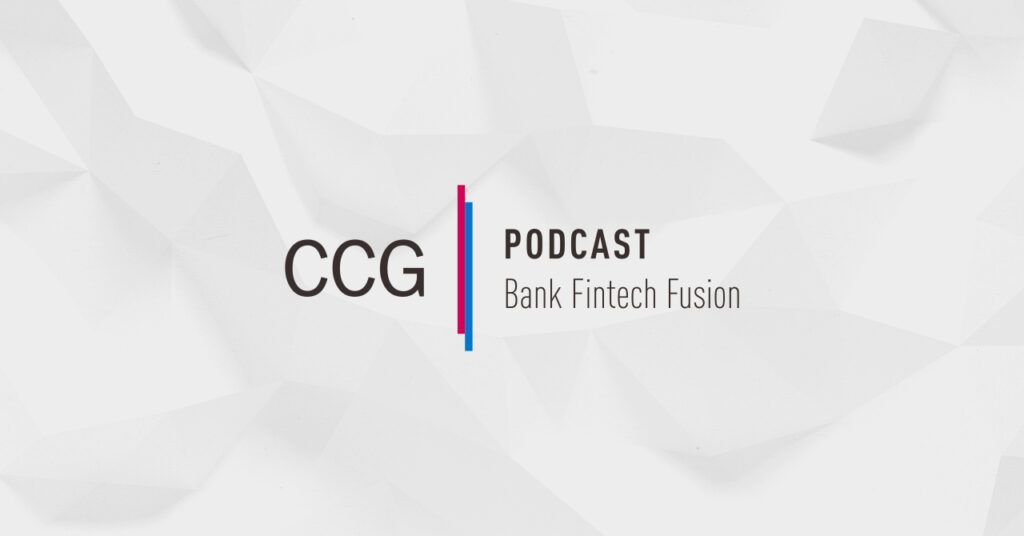Embedded Finance is often defined as finance on the consumers’ terms, and refers to the joining of traditional financial services with a non-financial programme, creating seamless experiences for customers.
Kate Drew is the director of research at CCG Catalyst Consulting, where she spearheads client-facing research projects on fintech topics including open banking, digital channels, payments, lending, blockchain, AI, and others.
Her decade of experience in the field includes leading data-driven research projects, creating fintech industry thought leadership, and managing editorial content for publications including Business Insider Intelligence and The Value Line Investment Survey. Kate is a regular speaker at industry events and has written for numerous publications including CNBC, Business Insider, and FinTech Futures.
Here, she shares her thoughts on value-added services and embedded finance.
We talk a lot about embedding financial services into nonfinancial channels. “Embedded finance” is top of mind for every fintech pundit today, and rightfully so. “Buy Now, Pay Later” buttons from Klarna and Affirm have become a stalwart on the online checkout page, and nonbank titans like Shopify are generating buzz with plans to launch bank accounts for their customers. This is all enabled by flexible, application programming interface (API)-based architectures that allow financial services firms to deploy their products via a variety channels. The flip side of this, though, is that these companies can do it all in reverse, plugging in nontraditional offerings into their own platforms.
Keep reading on The Fintech Times








